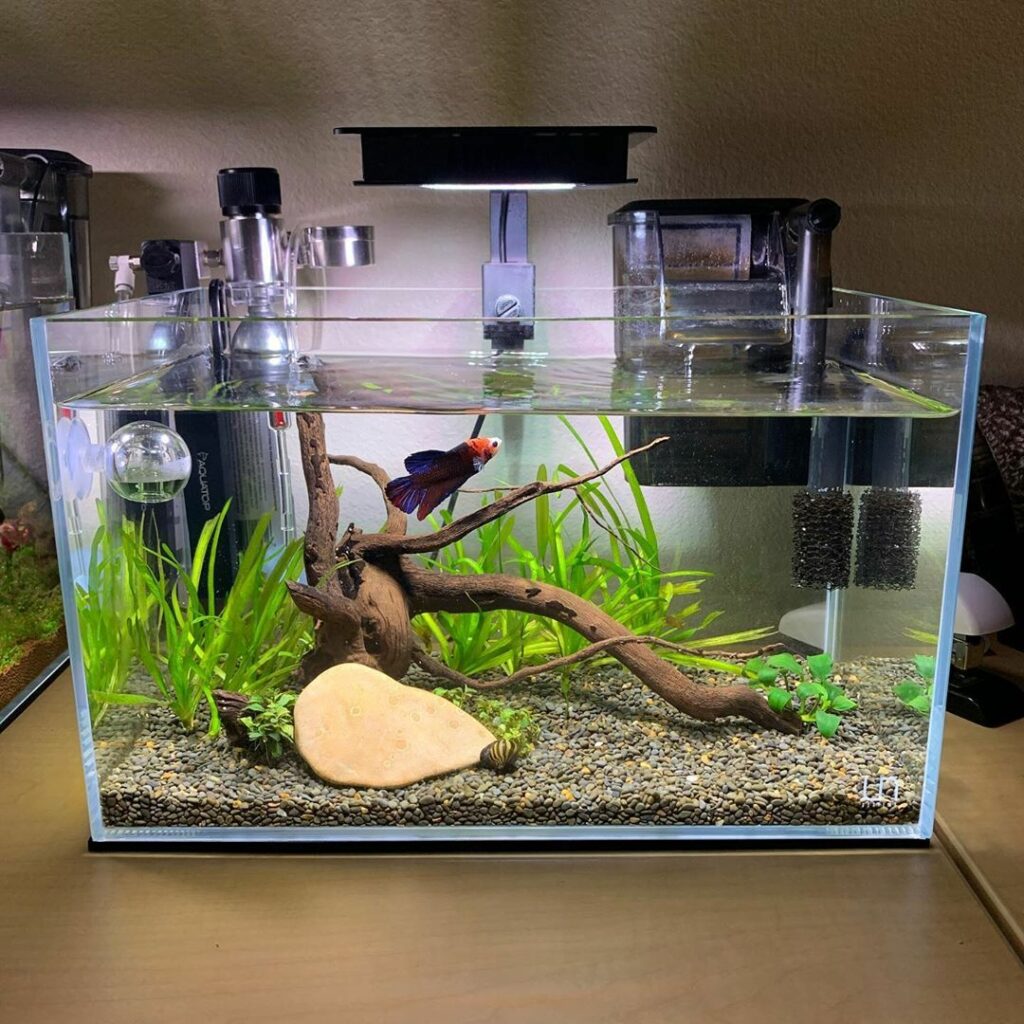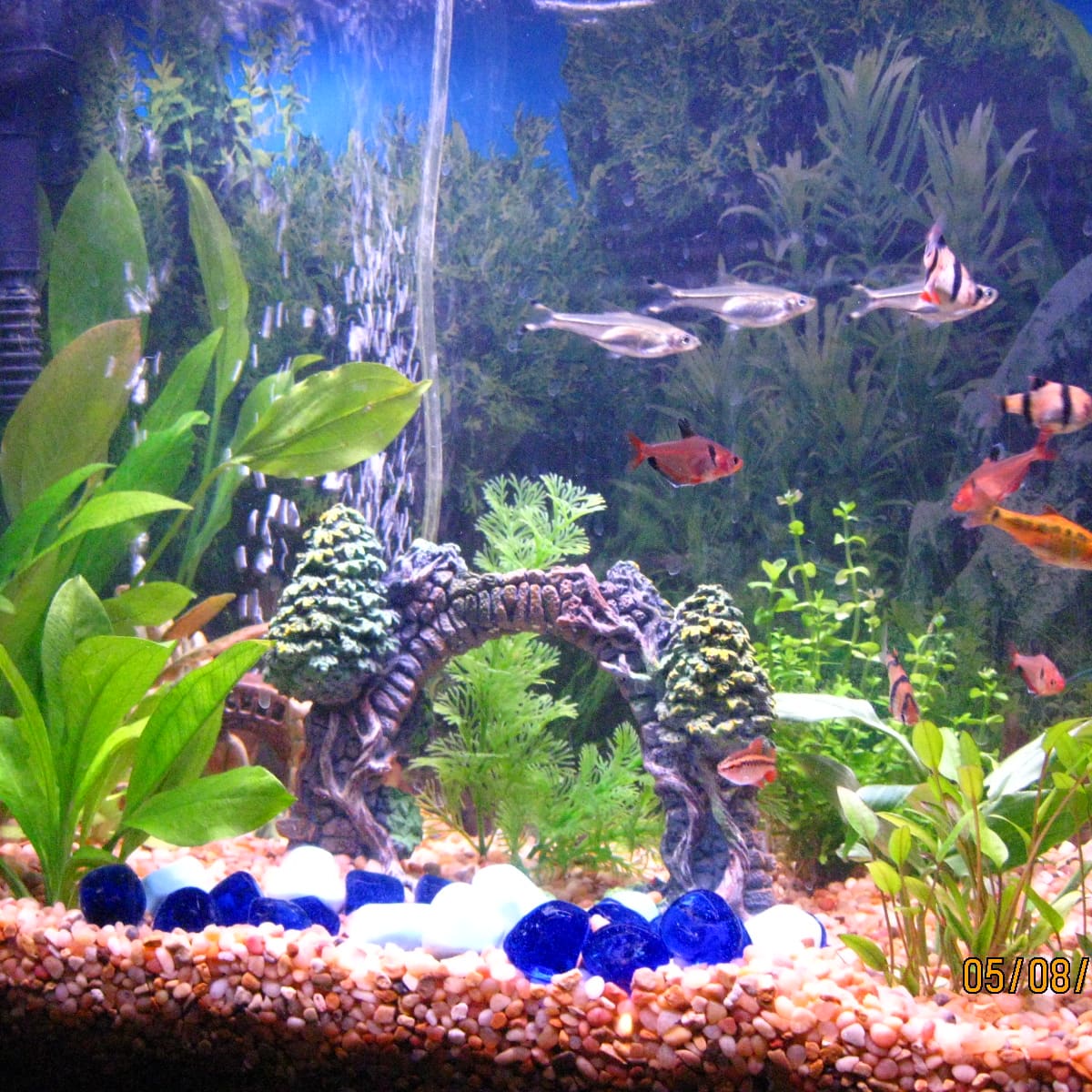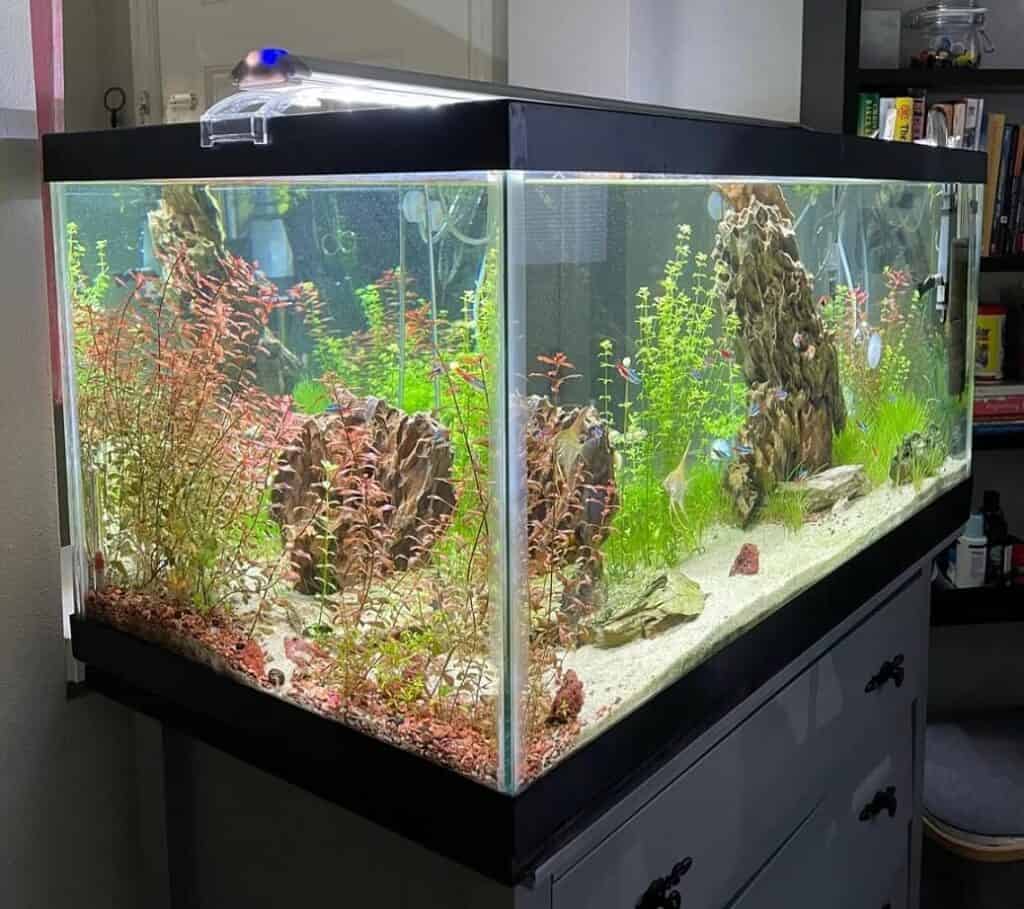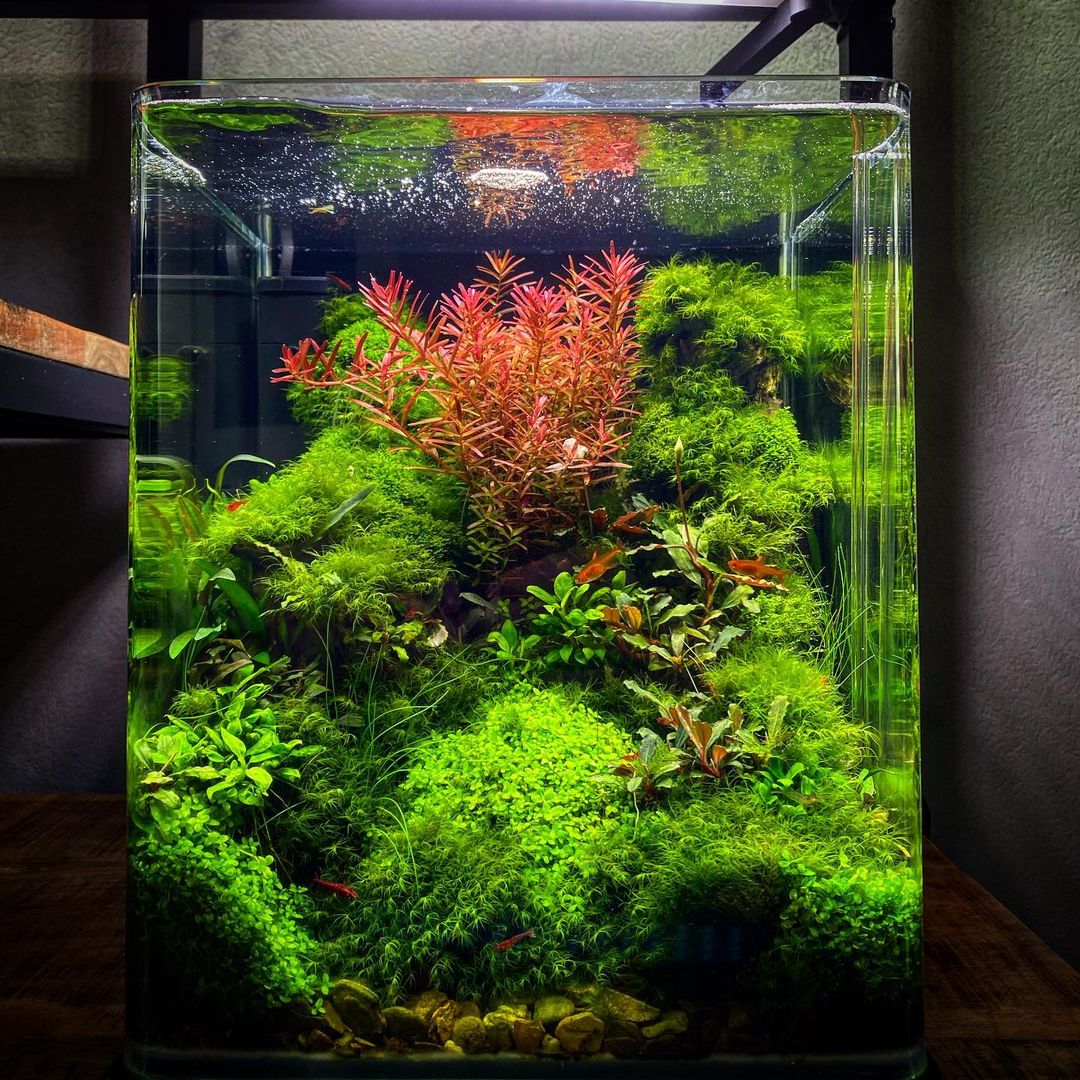Choosing the Right Tank
Starting your fish tank adventure begins with choosing the right tank, which is crucial for the health and well-being of your aquatic pets. The size of the tank is one of the most important factors to consider. While it might be tempting to start small, larger tanks are actually easier to maintain because they provide a more stable environment for your fish. A 20-gallon tank is often recommended for beginners because it offers enough space for a variety of fish species and decor while being manageable in terms of maintenance. Additionally, you need to decide between a glass or acrylic tank. Glass tanks are typically more affordable and resistant to scratches, but they are heavier and can break more easily.

Essential Equipment
Once you have your tank, the next step is gathering the essential equipment necessary for creating a healthy and stable environment for your fish. This includes a good-quality filter, heater, lighting system, substrate, and decorations. A reliable filter is crucial as it helps to keep the water clean by removing waste and toxins. There are different types of filters, such as hang-on-back filters, canister filters, and sponge filters, each suited for different tank sizes and needs. A heater is essential if you plan to keep tropical fish, as they require stable, warm water temperatures. Invest in a heater with an adjustable thermostat to ensure you can maintain the optimal temperature for your fish species.
Cycling the Tank
Before adding any fish, it’s critical to cycle your tank to establish a healthy biological environment. The nitrogen cycle is the process by which beneficial bacteria convert toxic ammonia, produced by fish waste and decomposing food, into less harmful nitrites and then into nitrates. This process usually takes about 4-6 weeks to complete and is crucial for the health of your fish. To start the cycling process, you’ll need to introduce a source of ammonia into your tank. This can be done by adding a small amount of fish food or using pure ammonia. As the bacteria grow and multiply, they’ll begin breaking down the ammonia into nitrites and then nitrates. It’s important to regularly test the water parameters during this period using a water test kit to monitor ammonia, nitrite, and nitrate levels.

Selecting Your Fish
Choosing the right fish for your tank is an exciting part of starting your aquarium journey, but it requires careful consideration to ensure compatibility and a healthy environment. When selecting fish, research the species you’re interested in regarding their temperament, size, dietary needs, and habitat preferences. Some fish are peaceful and do well in community tanks, while others can be aggressive or territorial. Additionally, consider the adult size of the fish, as some species sold as juveniles can grow significantly and require more space than initially anticipated. It’s also important to think about the water conditions each species prefers, such as temperature, pH, and hardness, to ensure they are compatible with your tank setup.
Feeding Your Fish
Proper feeding is essential for the health and vitality of your fish. Overfeeding is one of the most common mistakes beginners make, leading to poor water quality and health issues for the fish. It’s important to feed your fish the right amount of food and ensure they receive a balanced diet tailored to their specific nutritional needs. Different species have different dietary requirements, including herbivores, carnivores, and omnivores. High-quality commercial fish foods, such as flakes, pellets, and frozen or freeze-dried options, are formulated to provide a balanced diet. However, supplementing their diet with live or frozen foods like brine shrimp, bloodworms, and daphnia can add variety and enhance their health.

Maintaining Water Quality
Maintaining high water quality is crucial for a healthy aquarium environment and the well-being of your fish. Regular water testing and maintenance routines are key to achieving this. Use a reliable water test kit to check parameters such as ammonia, nitrite, nitrate, pH, and water hardness on a weekly basis. Keeping these parameters within the ideal range for your fish species will help prevent stress and disease. Perform regular partial water changes, typically 10-20% of the tank volume every 1-2 weeks, to remove accumulated waste and replenish essential minerals. During water changes, use a gravel vacuum to clean the substrate and remove debris. Be sure to treat tap water with a water conditioner to neutralize chlorine and chloramines before adding it to the tank.
Handling Health Issues
Despite your best efforts, health issues can still arise in your fish tank. Early detection and prompt action are essential to address any problems and prevent them from spreading. Common signs of illness in fish include changes in appetite, lethargy, abnormal swimming behavior, visible lesions or spots, and clamped fins. If you notice any of these symptoms, isolate the affected fish in a quarantine tank to prevent the potential spread of disease to other inhabitants. Research the symptoms to identify the potential illness and seek advice from reputable sources or consult with an experienced aquarist. Many common fish diseases, such as ich, fin rot, and fungal infections, can be treated with over-the-counter medications available at pet stores.

Creating a Balanced Ecosystem
Creating a balanced ecosystem in your aquarium involves more than just maintaining water quality and feeding your fish. It also includes fostering a harmonious environment where all inhabitants can thrive. Consider adding live plants to your tank, as they offer numerous benefits, including oxygen production, natural filtration, and providing shelter and breeding grounds for fish. Live plants can also help reduce algae growth by competing for nutrients. When choosing plants, select species that are compatible with your fish and tank conditions. Additionally, consider incorporating algae-eating species, such as snails, shrimp, or certain fish like otocinclus or plecos, to help control algae growth naturally. Monitor the interactions between your fish to ensure no bullying or territorial disputes occur.
Learning and Growing as an Aquarist
Starting a fish tank adventure is a continuous learning experience that evolves over time. As a beginner, it’s important to stay informed and open to gaining new knowledge about aquarium care and fishkeeping. Join online forums, social media groups, or local aquarium clubs to connect with experienced aquarists and exchange tips and advice. Reading books, watching tutorial videos, and attending workshops or seminars can further enhance your understanding of aquarium management. Don’t be discouraged by setbacks or mistakes; they are valuable learning opportunities that can help you become a more skilled and knowledgeable aquarist. Experiment with different tank setups, aquascaping styles, and fish species to discover what works best for you and your aquatic pets.

Final Thoughts: Enjoying Your Fish Tank Adventure
Starting a fish tank adventure is a fulfilling and rewarding hobby that brings the beauty and tranquility of an underwater world into your home. By following this beginner’s checklist and dedicating time to learning and caring for your aquarium, you can create a vibrant and healthy environment for your fish. The initial setup and ongoing maintenance may seem daunting, but with patience, attention to detail, and a willingness to learn, you’ll find that fishkeeping becomes a deeply satisfying and enjoyable pursuit. Watching your fish swim gracefully, observing their unique behaviors, and seeing your tank flourish with life can provide endless joy and relaxation. Remember that each aquarium is a unique ecosystem, and as you gain experience, you’ll develop your own methods and preferences for maintaining it. Celebrate your successes, learn from challenges, and continue to explore the fascinating world of fishkeeping.










